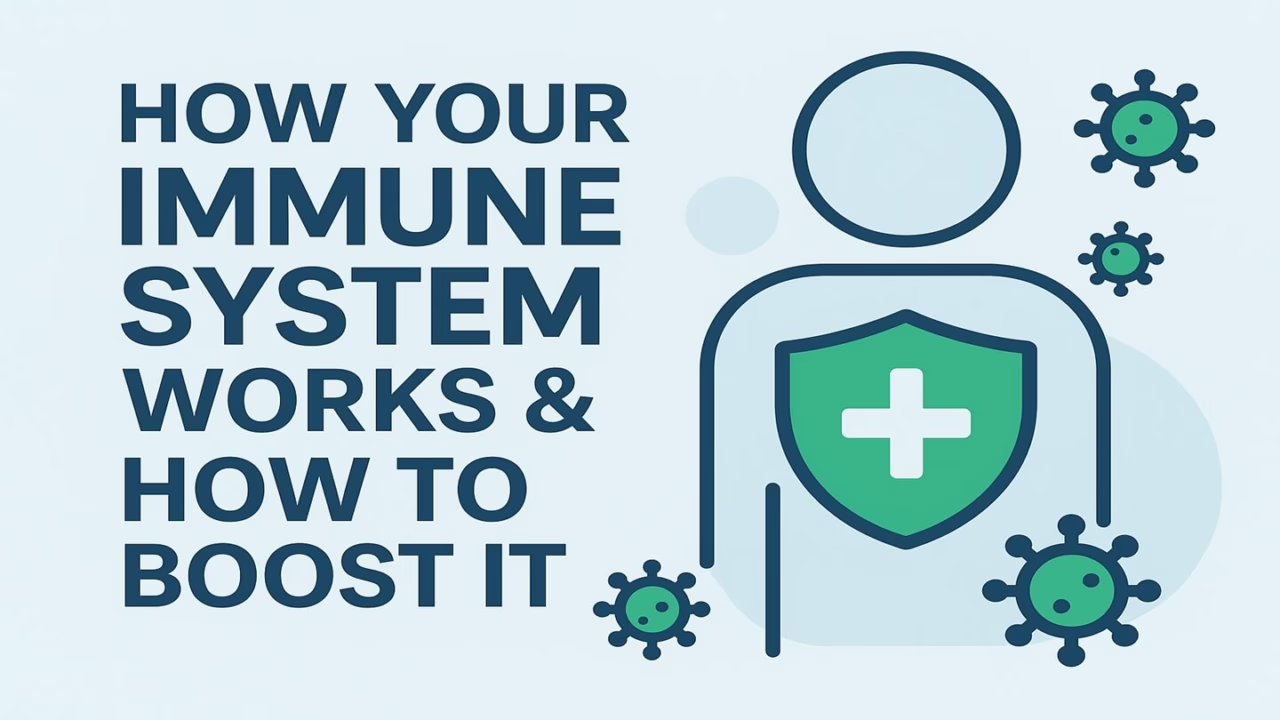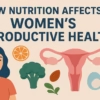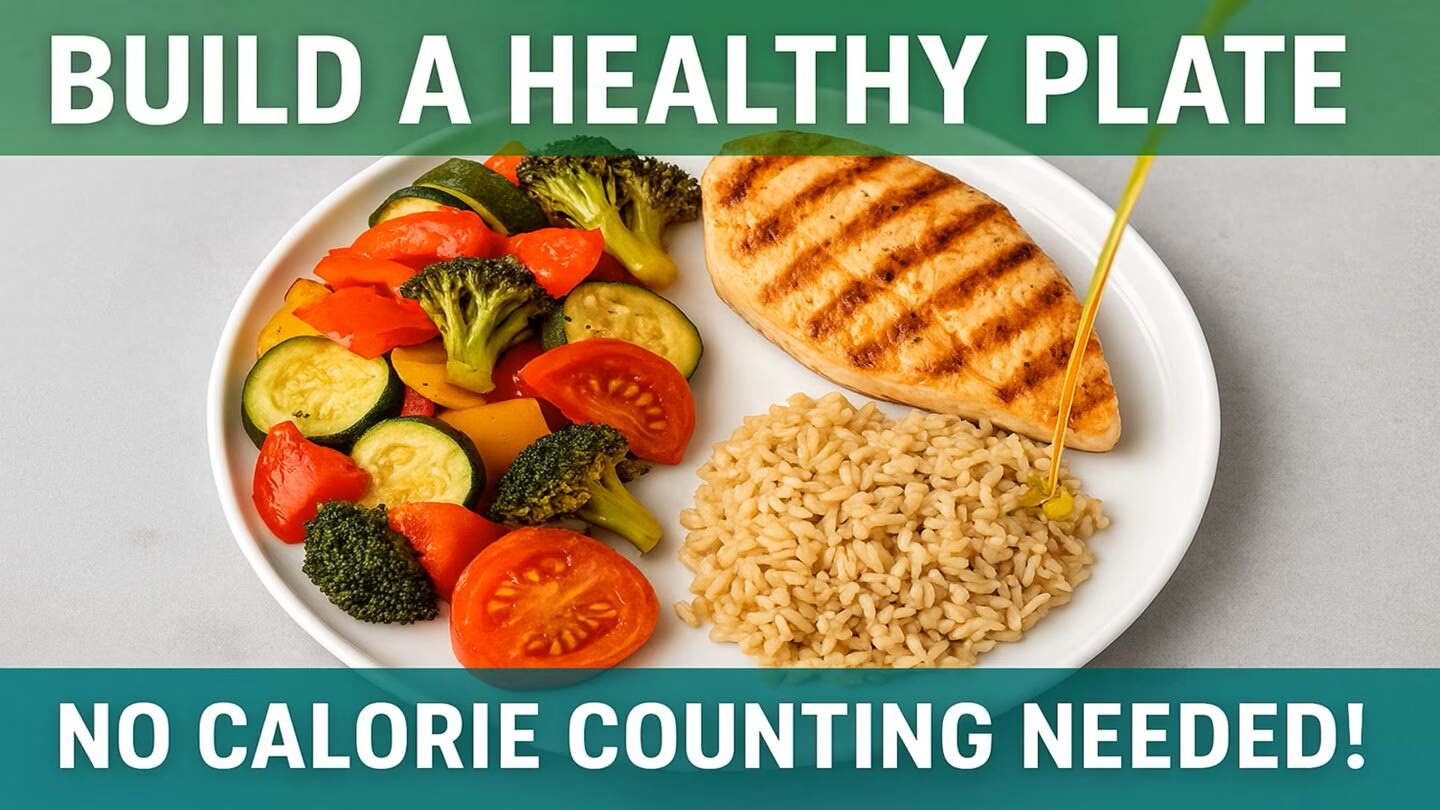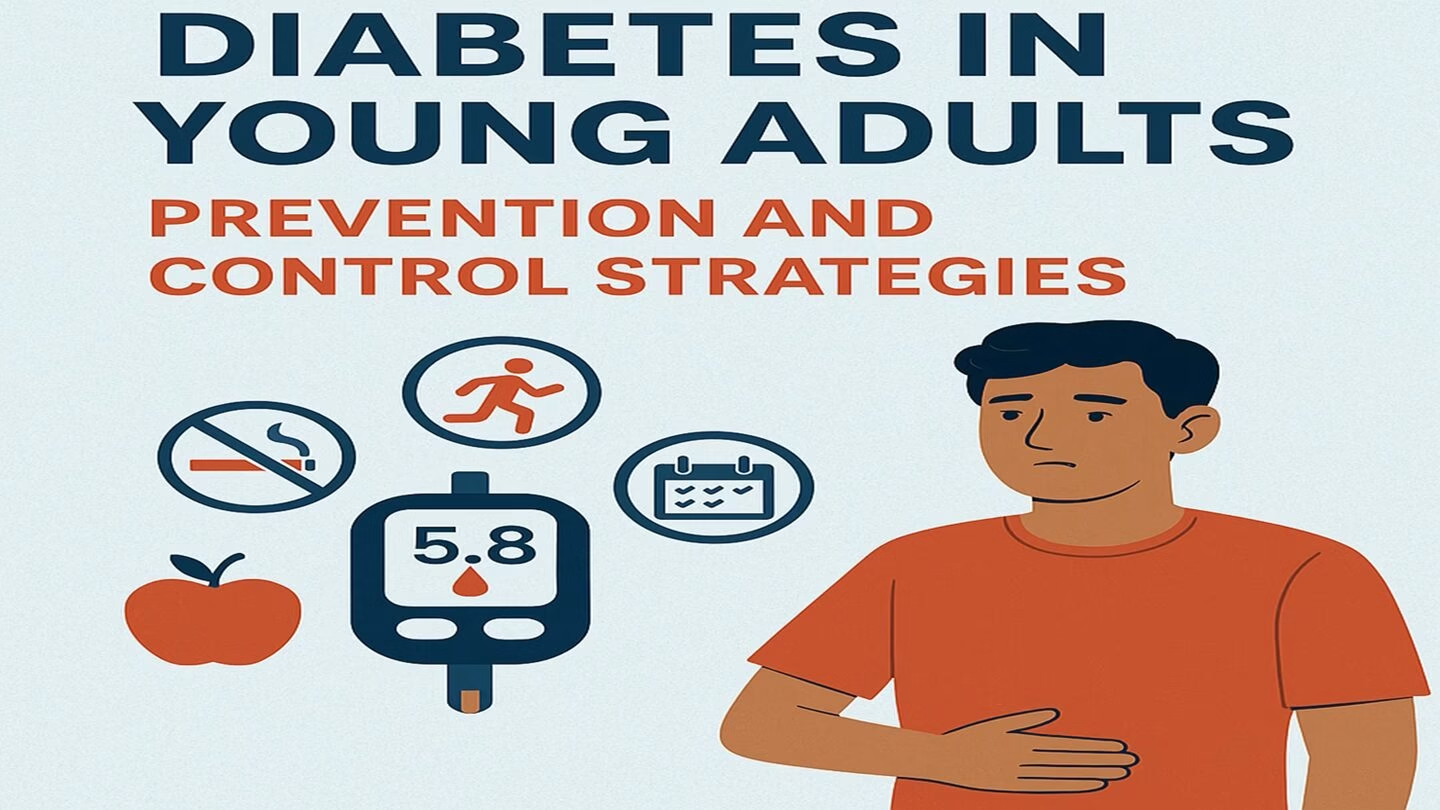Antibiotic resistance isn’t just a hospital problem—it grows wherever antibiotics are used, including clinics, pharmacies, schools, workplaces, and homes. Community actions can slow resistance, keep common infections treatable, and protect the effectiveness of lifesaving drugs. Below is a practical, evidence-aligned guide for health workers, pharmacists, public health teams, educators, and families.
Why community action matters
- Most antibiotics are prescribed in the community, not in hospitals (e.g., for respiratory, ear, skin, and urinary infections).
- Every dose exerts selection pressure. Unnecessary or broad-spectrum use kills susceptible bacteria and favors resistant strains that spread person-to-person.
- Resistance spreads locally. Daycares, schools, sports clubs, and households can become transmission hubs—especially during respiratory or gastrointestinal outbreaks.
How resistance develops (quick refresher)
- Selection: Antibiotics kill susceptible bacteria; resistant ones survive.
- Amplification: Surviving resistant bacteria multiply.
- Transmission: Resistant organisms (or their resistance genes) move between people, animals, water, and surfaces.
- Persistence: Inadequate infection prevention and incomplete treatment courses help resistant strains stick around.
Core strategies for the community
1) Smarter prescribing in primary care
Goal: Use the right drug, dose, and duration only when clearly needed.
- Follow evidence-based guidelines for common infections (e.g., viral colds, uncomplicated bronchitis, and most sore throats rarely need antibiotics).
- Use delayed/back-up prescriptions when appropriate (provide a script to fill only if symptoms persist/worsen after 48–72 hours).
- Prefer narrow-spectrum agents when bacterial infection is likely and susceptibility is predictable.
- Right duration matters: Shorter courses are often adequate (e.g., many uncomplicated UTIs or skin infections). Avoid “just in case” extra days.
- Allergy clarification: Verify true penicillin allergy (most labeled patients are not truly allergic), which allows guideline-preferred, narrower drugs.
- Clinical decision support: Embed point-of-care algorithms, local antibiograms, and e-prescribing prompts that nudge toward guideline-concordant choices.
Practice tips for clinicians
- Use Centor/McIsaac criteria or rapid strep testing for pharyngitis.
- Avoid antibiotics for viral sinusitis in the first 10 days unless red flags.
- Document watchful waiting plans clearly; schedule follow-up checkpoints.
2) Expand rapid diagnostics and stewardship at the front line
Goal: Reduce diagnostic uncertainty that drives unnecessary scripts.
- Rapid tests (e.g., strep A, influenza, SARS-CoV-2) help rule in/out bacterial disease.
- Urine diagnostics (dipstick plus targeted culture) to guide UTI treatment and avoid overtreatment of asymptomatic bacteriuria (except in pregnancy or prior to urologic procedures).
- CRP or procalcitonin (where available) can support decisions to withhold or stop antibiotics in respiratory infections.
- Pharmacist-led stewardship: Encourage symptom-relief options, triage to urgent care when needed, and reinforce when antibiotics aren’t helpful.
3) Vaccination as resistance prevention
Goal: Prevent infections so fewer antibiotics are needed.
- Routine immunizations (e.g., pneumococcal, influenza, pertussis) lower rates of secondary bacterial infections and antibiotic prescribing.
- Childhood vaccines and boosters reduce transmission in high-contact settings (schools/daycares).
- Community campaigns before respiratory season improve uptake and reduce inappropriate antibiotic demand.
4) Infection prevention in homes, schools, and workplaces
Goal: Cut transmission of all pathogens—including resistant ones.
- Hand hygiene: Soap and water for 20 seconds (especially after bathroom use, before eating, after nose-blowing). Alcohol rubs when hands aren’t visibly dirty.
- Respiratory etiquette: Cover coughs/sneezes; stay home when febrile or vomiting.
- Environmental cleaning: Regular disinfection of high-touch surfaces; safe food handling; prompt laundering of soiled items.
- Crowding & ventilation: Improve airflow in classrooms, offices, and communal housing to reduce respiratory spread.
- Daycare/school policies: Clear exclusion criteria for diarrhea, conjunctivitis, and fever; easy return-to-school guidance to prevent unnecessary antibiotics.
5) Public education that changes behavior
Goal: Shift expectations from “antibiotic for every infection” to “antibiotic when it helps.”
- Normalize symptomatic care for viral illnesses (fluids, rest, antipyretics, saline rinses, honey for cough in children >1 year).
- Explain harms of unnecessary antibiotics: side effects, C. difficile risk, resistance for the individual and community.
- Plain-language materials: Posters in clinics/pharmacies; SMS reminders after visits; short videos on social media.
- Scripts for clinicians: “Most sore throats are viral; antibiotics won’t speed recovery but these measures will…”
6) Safe use, storage, and disposal
Goal: Minimize leftover antibiotics and environmental entry.
- No sharing or saving of antibiotics; complete the prescribed course unless advised to stop.
- Medicine take-back programs at pharmacies/municipal sites; avoid flushing unless instructed.
- Labeling & counseling at dispensing: Indication, dosing, expected duration, red-flag symptoms, and when to recheck.
7) Local surveillance and feedback
Goal: Make resistance visible and guide practice.
- Primary-care networks can share aggregated data on prescribing rates, common pathogens, and resistance patterns.
- Feedback loops: Quarterly dashboards to clinics and providers reduce unnecessary prescribing through peer comparison.
- Outbreak detection: Coordinate with schools, care homes, and sports clubs to identify clusters and reinforce hygiene messages.
8) Special settings: long-term care, shelters, and sports clubs
Long-term care & assisted living
- Minimize urine testing in asymptomatic residents; treat only symptomatic UTIs.
- Implement catheter-care bundles, vaccination drives, and staff hand-hygiene audits.
- Establish on-call stewardship advice (e.g., tele-ID/tele-pharmacy).
Shelters & communal housing
- Offer hygiene kits, access to handwashing, wound care for skin infections, and timely evaluation of serious symptoms.
- Coordinate with outreach teams to ensure follow-up and adherence.
Sports & gyms
- Encourage shower after practice, no sharing of towels/razors, prompt care of cuts/abrasions, regular equipment cleaning to reduce MRSA spread.
9) Travel and community pharmacies
- Travel advice: Emphasize vaccines, food/water precautions, and restraint with antibiotics for traveler’s diarrhea (focus on hydration; reserve antibiotics for severe cases per guidelines).
- Pharmacies: Triage and counsel for self-limiting illnesses; reinforce indications, durations, and side-effect monitoring when antibiotics are dispensed.
10) Animal contact and the food chain (community touchpoints)
- Pet care: Hand hygiene after handling pets, litter boxes, and raw pet foods; vet-guided antibiotics only.
- Food safety: Cook meats thoroughly, avoid cross-contamination, and wash produce to reduce foodborne infections that can drive antibiotic use.
Implementation roadmap for a community
- Form a local stewardship coalition
Include primary-care clinicians, pharmacists, public health officials, school nurses, long-term-care reps, and community leaders. - Baseline assessment
Map top conditions driving antibiotic scripts (e.g., respiratory infections, UTIs, skin infections). Identify high-prescribing clinics and gaps in rapid testing. - Set SMART targets
Examples:- Reduce inappropriate antibiotic prescribing for uncomplicated bronchitis by 30% in 12 months.
- Increase influenza and pneumococcal vaccination coverage by 15% before the next respiratory season.
- Toolkits & training
Provide guideline pocket cards, delayed-prescription templates, patient leaflets, and short CME sessions. - Enable diagnostics
Expand point-of-care testing where it changes management; connect results to EHR prompts and local antibiograms. - Public campaigns
Run 6–8-week seasonal campaigns across clinics, pharmacies, and social media; amplify messages in schools and workplaces. - Audit & feedback
Quarterly reports with peer comparison; celebrate improvement and identify support needs. - Sustainability
Renew policies annually, refresh educational materials, and update treatment pathways based on new resistance data.
Equity and access considerations
- Lower barriers to care: Same-day access, telehealth for reassessment, low-cost diagnostics where feasible.
- Language-appropriate materials for diverse communities.
- Address social drivers: Sick-leave policies, childcare options, and transportation can reduce pressure to seek “quick fixes.”
What individuals can do (checklist)
- Don’t demand antibiotics for colds/flu; ask if watchful waiting is reasonable.
- Get recommended vaccines on schedule.
- Practice hand hygiene, respiratory etiquette, and stay home when ill.
- Complete antibiotics exactly as prescribed; don’t share or save leftovers.
- Use take-back programs for disposal.
- Keep chronic conditions controlled (e.g., diabetes, asthma) to reduce infection risk.
Common myths—debunked
- “If symptoms are bad, antibiotics will help.” Not if it’s viral; antibiotics don’t treat viruses.
- “Stronger/broader is better.” Broader drugs increase side effects and resistance without improving recovery when a narrow option suffices.
- “Short courses are unsafe.” For many conditions, guideline-recommended short courses work as well as longer ones—and reduce harms.
Key takeaways
- Community stewardship saves antibiotics for when they’re truly needed.
- Combine smart prescribing, rapid tests, vaccination, and hygiene to cut infections and resistance.
- Education, surveillance, and feedback turn good intentions into consistent practice.
- Everyone—clinicians, pharmacists, schools, and households—has a role.
NOTE: Educational content only; not a substitute for professional medical advice. For individual care, consult a qualified healthcare provider.
ABOUT THE AUTHOR
Dr. Nora West is a highly skilled MBBS doctor with a special interest in women’s health and patient education. She is dedicated to providing compassionate care and believes in building strong doctor–patient relationships based on trust and understanding. Dr. Nora focuses on empowering her patients with the knowledge they need to make informed decisions about their health. She is particularly passionate about preventive medicine, nutrition, and lifestyle interventions that can significantly improve quality of life. Known for her warmth and professionalism, Dr. Nora combines evidence-based medicine with a personalized approach, ensuring every patient feels supported on their journey to better health.


















Add comment